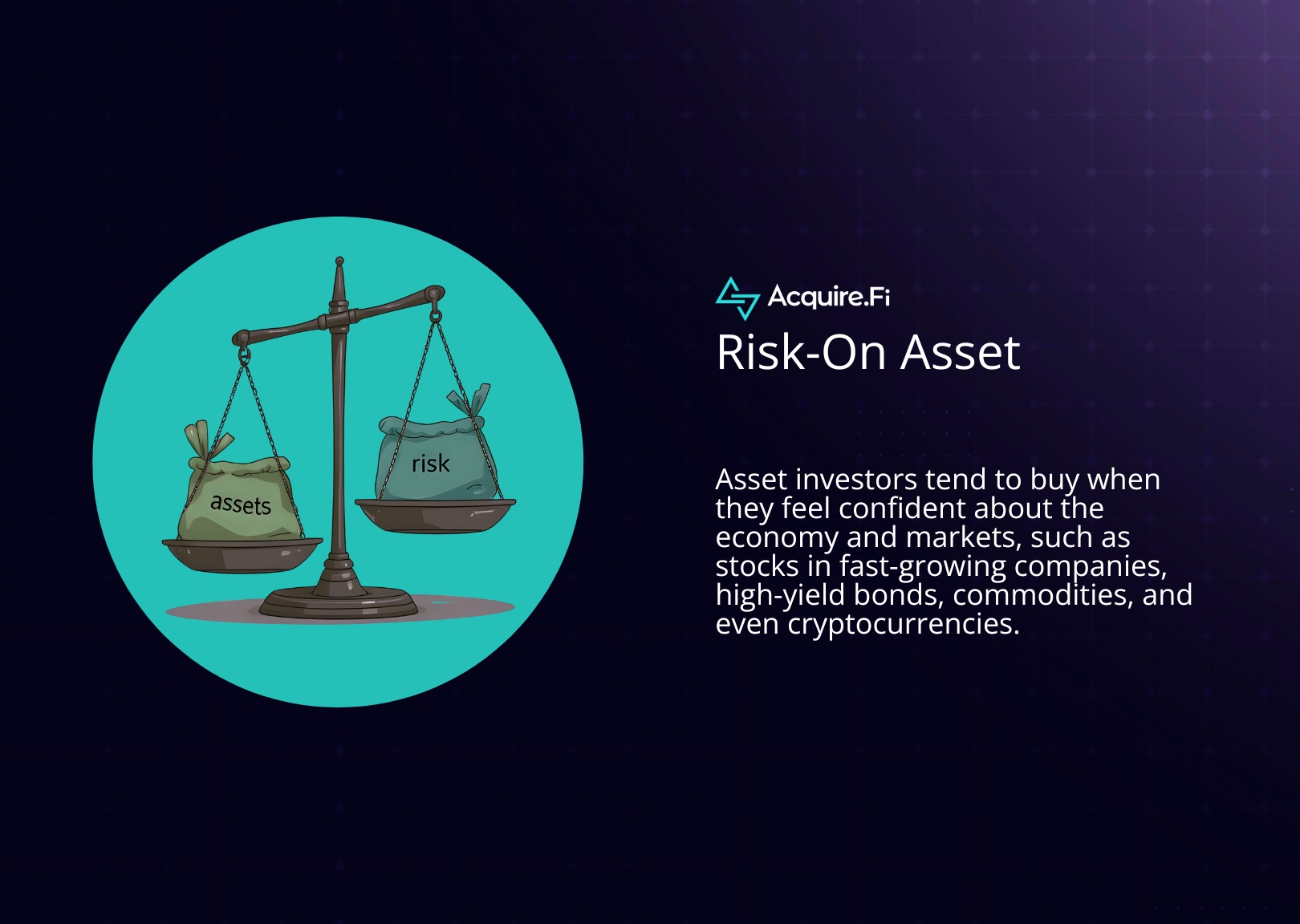Guide to Series A & Series B Funding Rounds
The startup funding landscape can be both exciting and perplexing, particularly for those trying to grasp the purpose and structure of various funding rounds. In this in-depth guide, we will explore the essentials of startup funding rounds, with a focus on Series A and Series B, to help you better understand this vital aspect of the entrepreneurial experience.
An Overview of Series A Funding
Series A funding is typically the first substantial investment a startup receives following its initial seed or pre-seed funding. This round is intended to assist the company in scaling its operations, recruiting talent, and enhancing its products or services. The following are some crucial aspects of Series A funding:
- Size: Series A rounds generally range from $2 million to $15 million, depending on factors such as industry, market size, and growth potential.
- Investors: Series A investors usually comprise venture capital firms, angel investors, and occasionally strategic corporate investors.
- Valuation: During the Series A round, the startup's valuation is established based on aspects such as revenue, growth trajectory, team experience, and market potential.
- Equity: In return for their investment, Series A investors acquire preferred shares of the company, which come with specific rights and protections.
The Purpose of a Funding Round
A funding round fulfills several objectives for a startup:
- Capital infusion: Funding rounds supply startups with the necessary capital to grow and scale their operations, enabling further development of their products or services.
- Validation: A successful funding round can help validate the startup's business model and market potential, drawing more investors and strategic partners.
- Networking: Funding rounds connect startups with new investors, partners, and clients, broadening their professional network.
- Mentorship: Investors often offer startups invaluable guidance, expertise, and mentorship, assisting them in overcoming the challenges of building a successful business.
- Increased valuation: As a startup advances through funding rounds, its valuation frequently rises, providing early investors with potential returns on their investments.
Series A and Series B Funding Explained
Series A and Series B are two sequential stages in the startup funding process:
- Series A funding, as previously described, is the first significant investment round for a startup, focusing on scaling operations, recruiting talent, and enhancing product development.
- Series B funding is the subsequent stage, typically raising between $10 million and $30 million. This round is designed to help the startup broaden its market reach, fine-tune its business model, and potentially acquire other companies to reinforce its market position.
Series B round investors usually include a combination of venture capital firms, strategic corporate investors, and sometimes even private equity firms. Valuation during Series B is generally higher than in Series A, as the startup has demonstrated its ability to scale and generate revenue.
Understanding the "A Round"
An "A round" is simply another name for a Series A funding round. This round represents the first significant milestone in a startup's funding journey and plays a pivotal role in its growth and development. A successful Series A round can pave the way for future funding rounds, such as Series B and beyond, as the startup continues to expand and evolve.
In the end:
Comprehending the various startup funding rounds, including Series A and Series B, is crucial for entrepreneurs seeking to scale their businesses and secure the necessary capital for success. As you embark on your entrepreneurial journey, keep in mind that platforms like acquire.fi offer crowdfunding opportunities in both web2 and web3 spaces, providing a thorough due diligence process and a reputable name to support your startup's growth.
If your're looking to raise capital for your business, check out Acquire.Fi's Funraising program.















.webp)